Every year, we look at the medal counts of each country. Who’s winning? It depends on how much value you place on each medal. Do you only count the golds and disregard silver and bronze? Do you just treat all medals the same? Josh Katz for The Upshot lets you test all the possibilities with this interactive.
Apply different values to each medal type by mousing over the x-y coordinate plane and see how the country rankings shift.

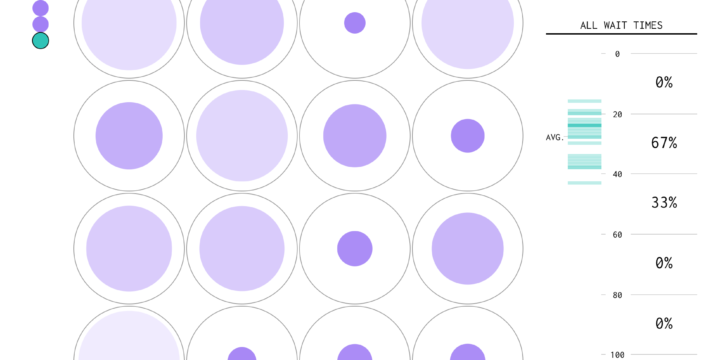

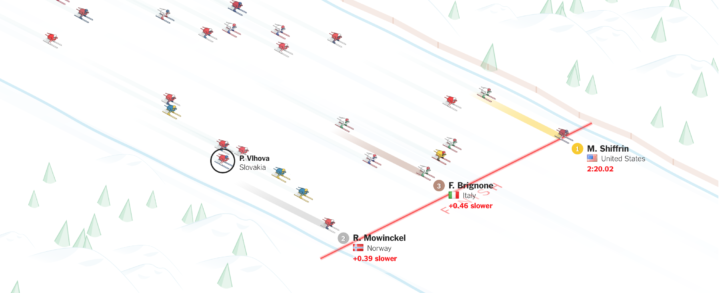
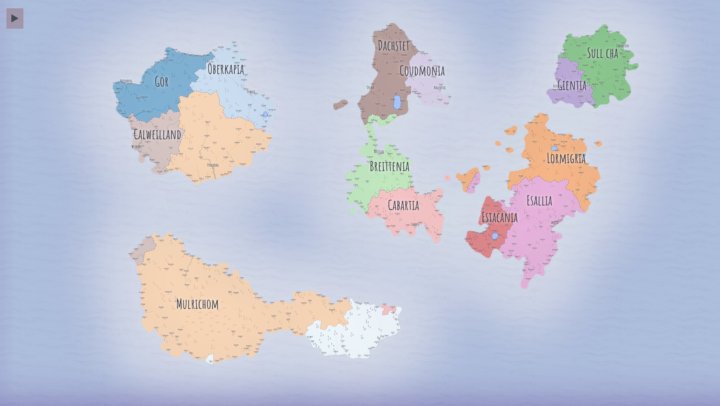
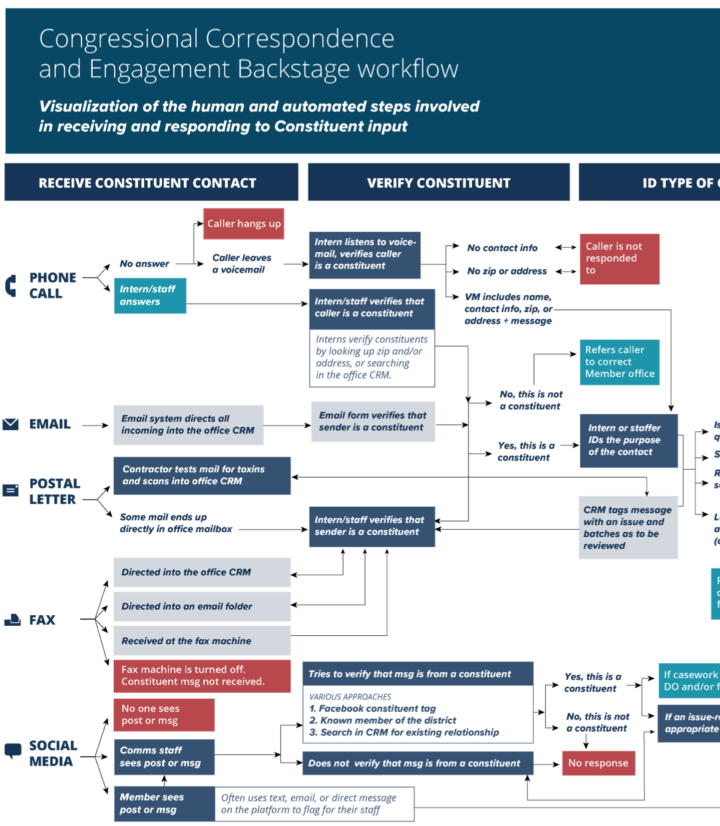

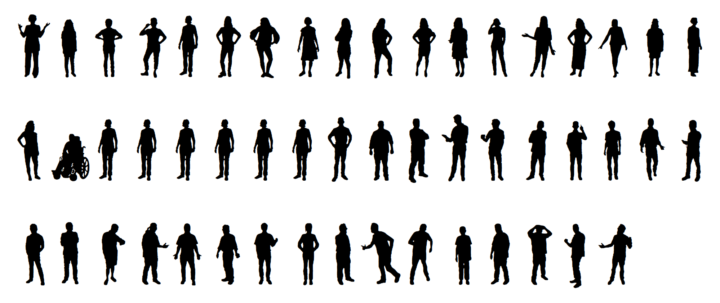
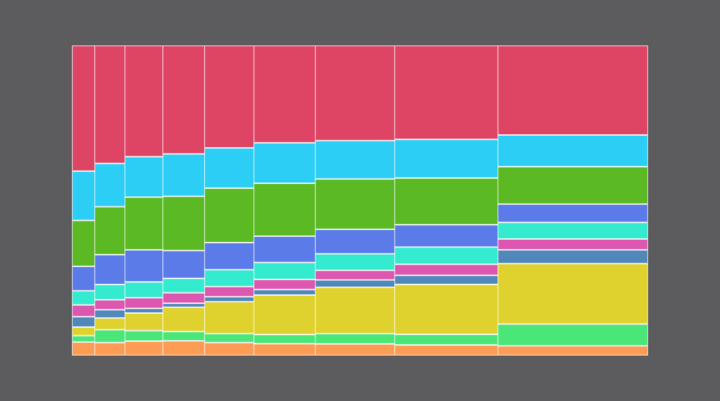

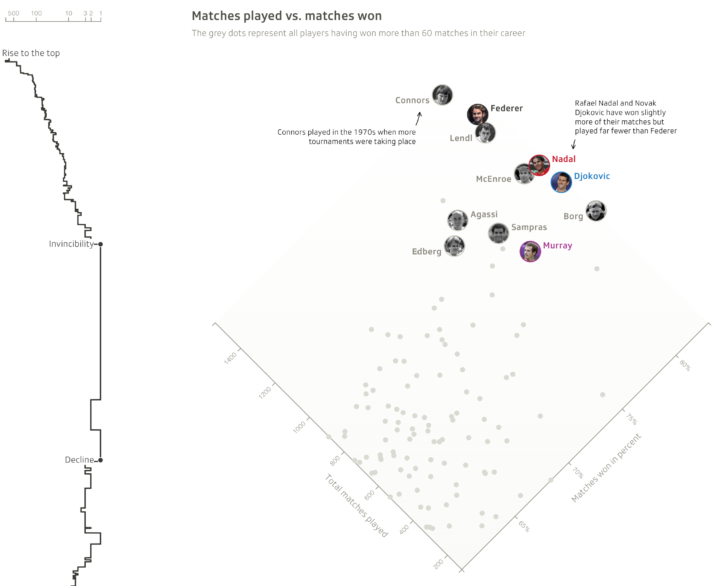
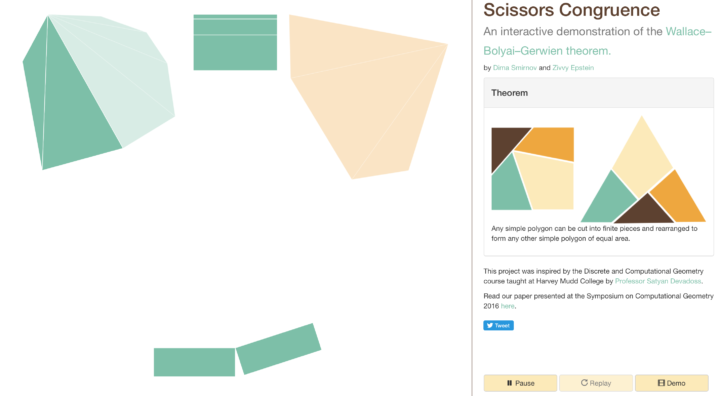
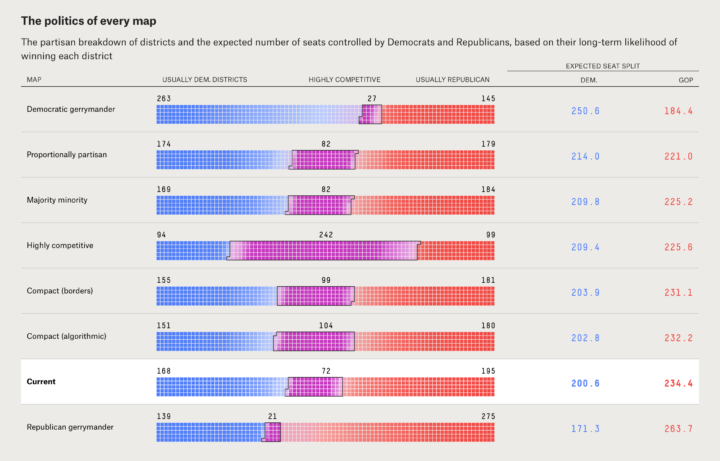

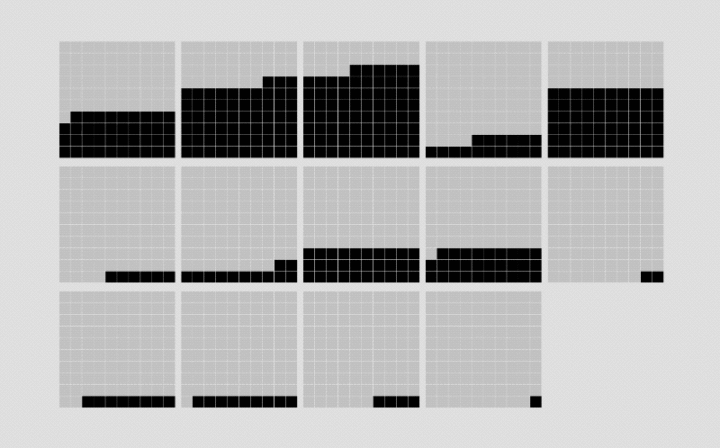
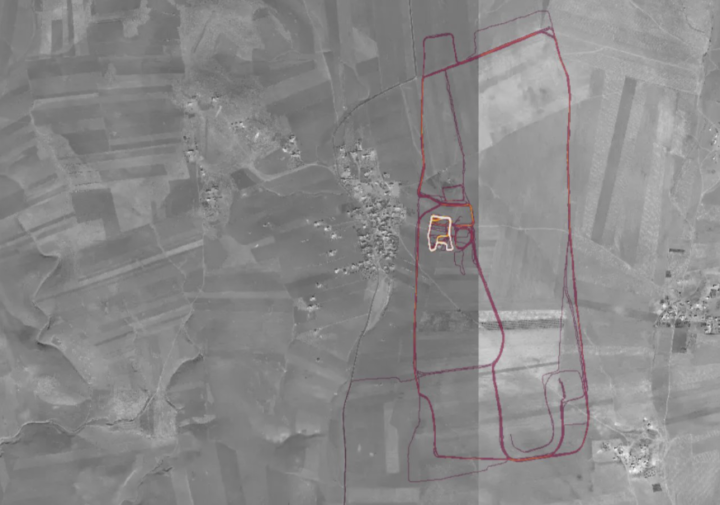
 Visualize This: The FlowingData Guide to Design, Visualization, and Statistics (2nd Edition)
Visualize This: The FlowingData Guide to Design, Visualization, and Statistics (2nd Edition)










